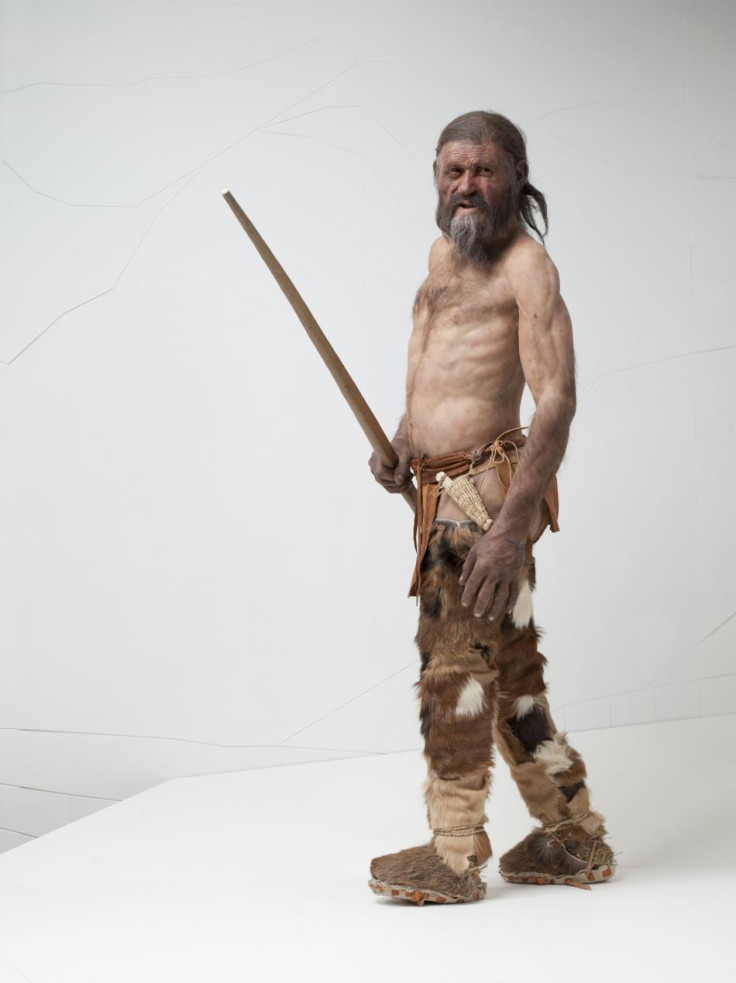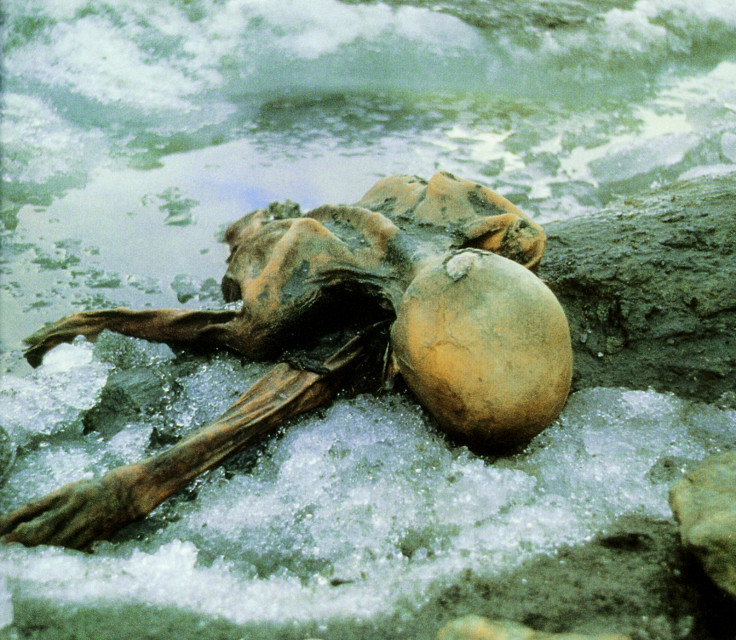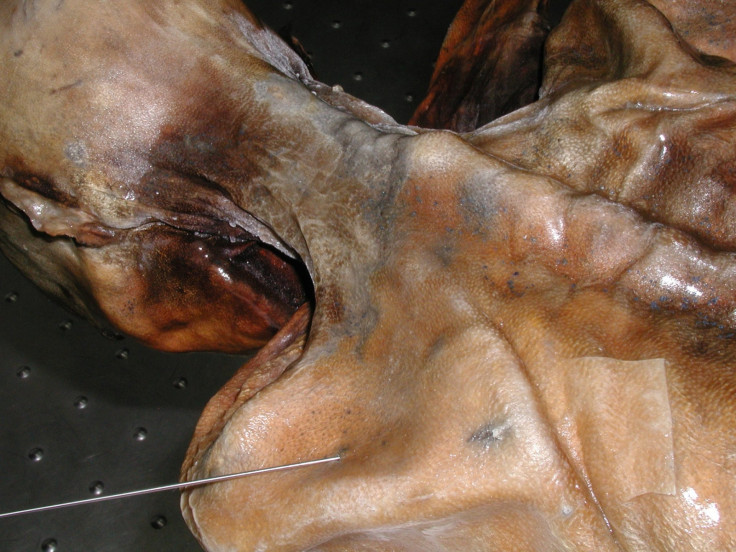World's oldest 'cold case'? Ötzi the Iceman's murder finally solved
Scientists have used criminology methods to find out more about who shot Ötzi in the Alps 5,000 years ago.

The murder of Ötzi the Iceman – one of the most famous mummies in the world – was a treacherous act, taking the victim completely by surprise, scientists have said. Ötzi received a fatal arrow in the shoulder, which was shot from a great distance, potentially following a personal conflict with an enemy.
Ötzi, who is also known as the Tyrolean Iceman, was discovered 25 years ago in the Alps. He had been particularly well persevered as a glacier mummy, allowing scientists to conduct a variety of tests and discover many elements about ancestry, diet, health and lifestyle.
Over two decades, he has not ceased to fascinate scientists, not simply as an isolated mummy specimen but also because he is seen as a typical European from earlier times, bringing with him precious information about how our ancestors lived 5,000 years ago.
In 2001, ten years after scientists first discovered the Iceman, they found out the cause of his death: he had been brutally murdered. Indeed, they identified an arrow head in his left shoulder. However, the context of the death and the possible reasons for it remained a mystery.
This is why in 2014, the South Tyrol Museum of Archaeology, where Otzi is kept, commissioned Chief Inspector Alexander Horn of the Munich Criminal Investigation Department to investigate the "Ötzi murder case". This was a very original approach, as the inspector was given free rein to use all the latest methods available in criminology to learn more about Ötzi's death.
The findings were presented at at the recent International Mummy Congress in Bozen-Bolzano (Italy).

Investigating a 'cold case'
With his team, Horn interviewed archaeologists who had been working with the Tyrolean Iceman for years, as well as forensic medicine, radiology and anthropology experts. He also examined the site where Ötzi had first been found.
The investigation revealed that Ötzi had not felt threatened just before receiving the arrow. Indeed, he appeared to have been resting just before his death, after having eaten a large meal. It is probable that the arrow, shot from a great distance, took him by surprise.
Evidence suggest his assailant had been hiding not far away and decided to attack him without coming out of his hiding-place, to avoid any physical close-range combat. Ötzi fell after the arrow hit him, but there are no signs of further violence.

Who was his mysterious enemy? The Iceman was found with his precious copper axe next to him, suggesting the murderer did not wish to steal from him, so the motive for the killing probably stemmed from a personal conflict. This hypothesis is reinforced by the fact scientists have identified an older, less serious injury Ötzi's right hand which they believe is the result from a previous altercation. It is possible that Ötzi was killed by the same person he had fought with, some time before.
What appears certain is that crimes in early European communities were maybe not so different than today's crimes. This is "a behavioural pattern which is prevalent even today in the bulk of murder crimes", Alexander Horn concluded.
© Copyright IBTimes 2025. All rights reserved.






















